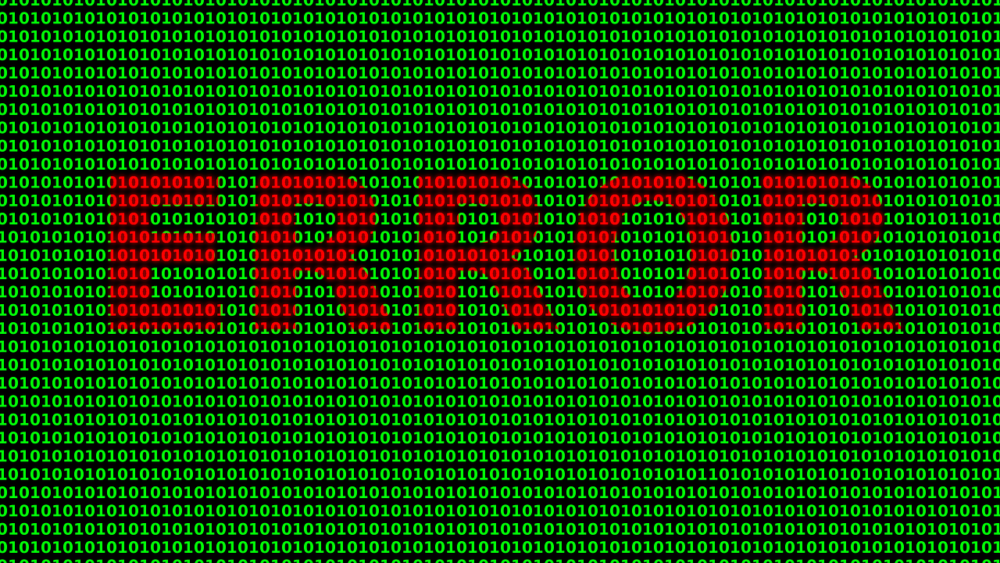Y2K, short for “Year 2000” and also known as the Millenium Bug, was actually a problem in the way information was stored in computers prior to 2000.
The phrase “Y2K,” instantly conjures up images of baby tees, Britney Spears, Bratz Dolls, double denim, and MySpace. The Y2K aesthetic has massively surged recently thanks to social media and celebrities’ fashion choices — a manifestation of the nostalgia associated with the late 90s and early 2000s. But what does “Y2K” really mean, and why is it that this buzzword is far from nostalgic for a lot of people?
Y2K, short for “Year 2000” and also known as the Millenium Bug, was actually a problem in the way information was stored in computers prior to 2000. To provide some context, during the 1960s, dates were formatted so that years were only two digits. For example, October 6, 1960 would be formatted 100660, with the assumption that the 60 meant 1960. As computers were in their infancy, this was the best way to save memory space and speed up processing; it was assumed that as technology progressed, this system would change. Except the system worked so well that it never did change. Computer scientist Robert Bemer tried to bring up this issue as early as 1971, but it was always considered a problem for later.
As the millennium drew to a close, though, people began to take notice because on January 1, 2000, computers would think the date was actually January 1, 1900. Programs everywhere would malfunction, including in industries like banking and government. It wasn’t only mainframe computers in danger — embedded systems (microprocessors) that function within larger systems in sectors like hospitals, elevator factories, electrical generation plants, and even nuclear reactors were liable to be impacted by the Y2K bug, causing massive-scale malfunctions. This understandably caused panic; many people likened the Y2K bug to the apocalypse and began stockpiling canned goods, withdrawing cash in case ATMs no longer worked, and buying backup generators and guns. Y2K even inspired a host of disaster-themed songs, novels, movies, and a cookbook!
The actual fix wasn’t too difficult but would be rather time consuming. Someone familiar with the COBOL programming language would have to sift through code line by line and look for date logic, changing the two-digit year to the four-digit year. The worry was that there would not be enough time to make these fixes and that it would be extremely costly to do so (which was the case — the United States ended up spending around 100 billion dollars).
Luckily, this crisis was taken seriously. Congress members, both Democrat and Republican, devoted much effort to making sure that utilities, financial, and healthcare sectors would be ready. On July 14, 1998, President Clinton passed Good Samaritan legislation to encourage collaboration between government and industry, ensuring that businesses sharing critical information about Y2K would be protected from liability if their information turned out to be incorrect, and pledged to help other nations with a 12 million dollar grant. Clinton even appointed a “Y2K czar,” John Koskinen, to oversee operations during the crisis. Thanks to the hard work of programmers and IT professionals, the looming calamity was avoided.
Because of the uneventfulness of January 1, 2000, though, many people believed the threat of Y2K was greatly exaggerated into mass hysteria or was even a hoax. People speculated it was created for programmers to make money, and many business owners complained about what they had to spend to prepare for it. However, what they didn’t know was that there were a lot of little Y2K-related mishaps, just not as noticeable as the major event people were anticipating. For example, a nuclear energy facility in Japan suffered some malfunctions of radiation equipment, but this was not a major problem thanks to backup facilities. Unfortunately, though, much of the grueling work done did not get recognized. As Koskinen said, “If it works well, nobody cares much.” This could be an issue in future crises — because Y2K was so ridiculed, when another similar problem arises, it’s possible that no one will take it seriously.
Because of the uneventfulness of January 1, 2000, though, many people believed the threat of Y2K was greatly exaggerated into mass hysteria or was even a hoax.
Why should we care about Y2K since it happened over 20 years ago? Y2K gave companies a chance to update all of their hardware and software as they questioned how they interact with data, and making these changes equipped them to become the more efficient and productive workplaces of today. Additionally, Y2K boosted the practice of hiring overseas workers, especially from India for their knowledge of older machines and programming languages. Infrastructure and people in today’s business are what they are all thanks to the Y2K bug.
Image courtesy of Pixabay



